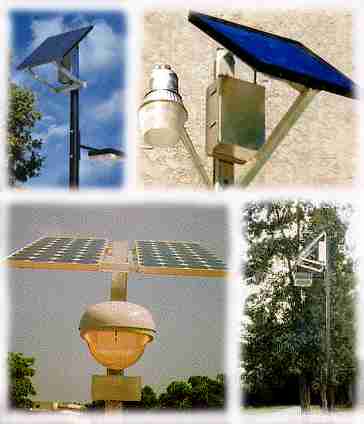
case studies / Environmental Credentials of street lighting in Australia

This case study estimates the life cycle environmental impacts of the construction and operation of grid street lighting compared to solar (photovoltaic) street lighting. The case study includes the manufacture of materials, construction of the lights, utilisation and decommissioning of the lighting systems.
To provide a fast and user friendly, interactive LCA case study, which allows the user to investigate the life cycle impacts of a range construction, transportation, recycling and utilisation, options.
{Building details}
The system analysed included the manufacture of all building materials from resources in the ground, building site activities, construction equipment, repairs/maintenance, periodic refurbishment and finally, decommissioning.
The entire life cycle is considered, from resources in ground through to demolition and recycling/landfill of the structure. Landfill emissions are excluded.
Transportation mode and distance are included for each material.
Environmental impacts investigated were resource energy consumption, GGE (greenhouse gas emissions), NOx, SOx, NMVOC (non-methane volatile organic compounds), SPM (suspended particulate matter), and fresh water consumption.
Gross energy (GJ/t), or high heating value (HHV), is used. Feedstock energy is included for all materials except timber.
{Feedstock energy}
IPCC weighting factors (global warming potentials) are used in the calculation of greenhouse gas emissions, eg for CH4 and N2O.
Australian LCI data. The data are maintained in EMMA (Eco-model for Material and Manufacturing Assessment), BHP's LCA data system. Specific data were sourced from the Ecodesign Foundation and other publically available information.
This study did not require any allocation. Recycled materials have displacement credits allocated based on the displacement of virgin production.
The approach and allocation rules used in the LCI data conform to ISO guidelines for LCA, and attempt to simulate reality as closely as possible.